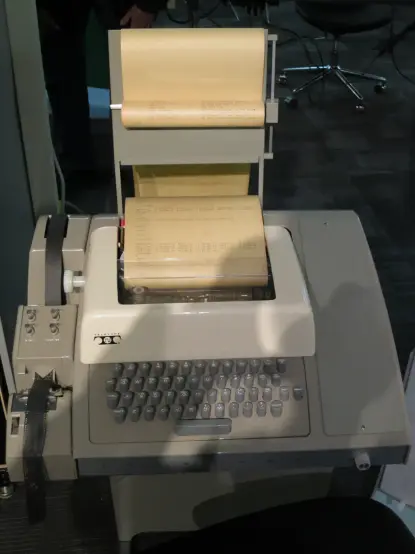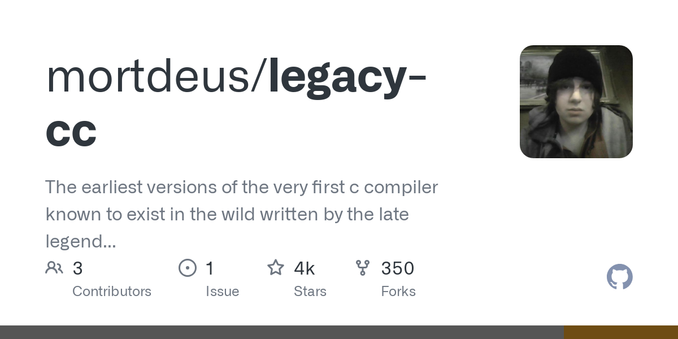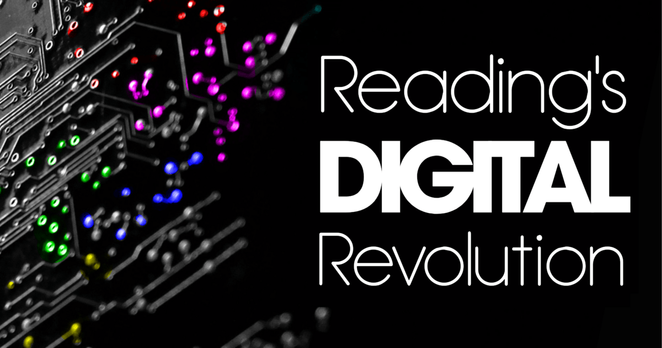I have been restructuring Richard Garriott's DND1 code that was written in BASIC. The old kind of BASIC where you had line numbers and did a lot of GOTO a line number.
It is fascinating trying to move it around with more modern eyes and years of programming dogma.
The code only has the concept of global variables. Every variable you make is then in the global space.
You can reuse a bit of code anywhere by just doing a GOTO line number. But it makes it very difficult to reason about because you might think of a stack of lines as a function and want to group them together, but some code somewhere else might just jump right into the middle of it!
Some bit of code might rely on some variable from somwhere else but it is difficult to know if some other bit of code is clobbering it.
Anyhow, this is the restructured version I put together.
https://codeberg.org/random-wizard/dnd1/src/branch/main/restructured/dnd1.basic
I moved things into GOSUB sections. Each GOSUB gets 1000 lines (usually it goes by 10s so only 100 lines) and the last line always ends in 999 and is a RETURN. A REM SUBROUTINE means nothing will GOTO in the middle of it.
This way it sort of acts like a traditional function. Still does not have arguments though.
I wonder if there are any companies out there looking for BASIC programmers.



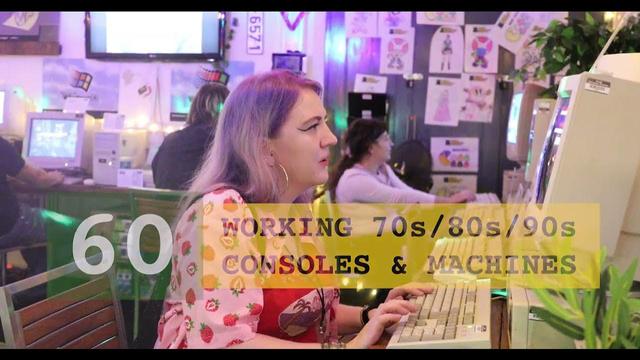
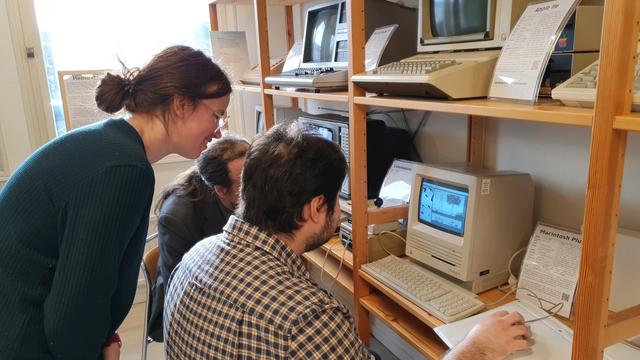
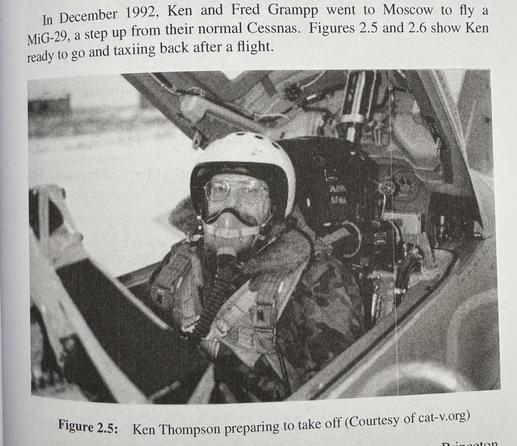
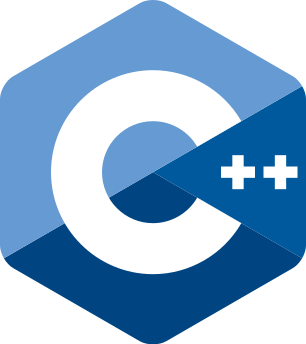 modules addict)
modules addict) 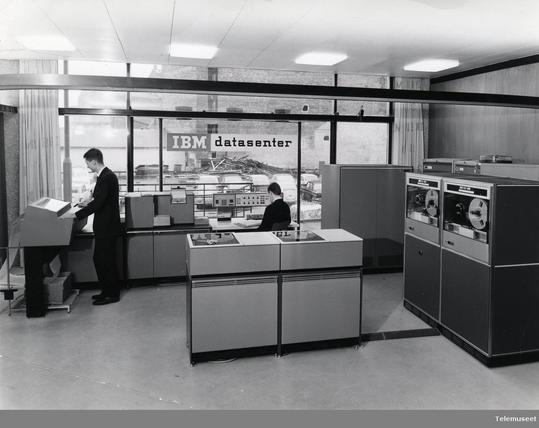
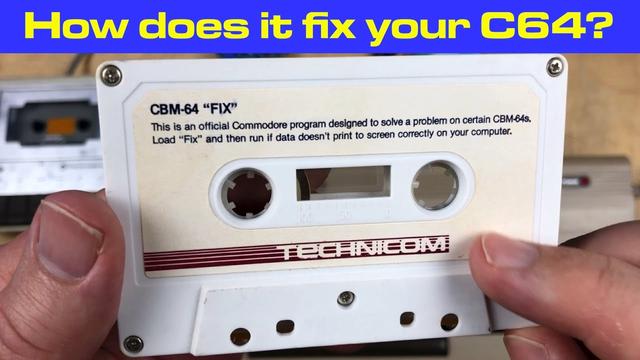
![A newspaper clipping with a photo of Russel Noftsker that says:
AI superstar plunges to earth
Knowledge-based expert systems delivered on symbolic processing machines are "a trend that I'd say is unstoppable at this point."
Russel Noftsker
Chairman, Symbolics, Inc.
February 1986
"I don't want to see the company fail. I don't want to see any more employees lose their jobs."
Noftsker
February 1988
BY CLINTON WILDER
and STANLEY GIBSON
CW STAFF
CAMBRIDGE, Mass. -- Like Icarus, Symbolics, Inc. thought there was no limit to how high... [the picture cuts off]
Its technology was the envy of that sexy new industry, artificial intelligence, and its rapid climb to the $100 million revenue level in 1986 earned it acclaim as "a stock market superstar."
Now mired in red ink and leaderless -- its founders having been eased out of control -- the firm stands as a classic case of missed opportunities, overreaching ambition and market insensitivity.
"Success can be seductive," said Barbara Isgur, a technology analyst with D. H. Brown Associates in Tarrytown, N.Y.
"It's hard to know when to turn the corner or change direction. I can't think of a company that's been able to do that without a lot of pain," Isgur said.
Symbolics -- which sprang up at the forefront of an indus-[the picture cuts off] A newspaper clipping with a photo of Russel Noftsker that says:
AI superstar plunges to earth
Knowledge-based expert systems delivered on symbolic processing machines are "a trend that I'd say is unstoppable at this point."
Russel Noftsker
Chairman, Symbolics, Inc.
February 1986
"I don't want to see the company fail. I don't want to see any more employees lose their jobs."
Noftsker
February 1988
BY CLINTON WILDER
and STANLEY GIBSON
CW STAFF
CAMBRIDGE, Mass. -- Like Icarus, Symbolics, Inc. thought there was no limit to how high... [the picture cuts off]
Its technology was the envy of that sexy new industry, artificial intelligence, and its rapid climb to the $100 million revenue level in 1986 earned it acclaim as "a stock market superstar."
Now mired in red ink and leaderless -- its founders having been eased out of control -- the firm stands as a classic case of missed opportunities, overreaching ambition and market insensitivity.
"Success can be seductive," said Barbara Isgur, a technology analyst with D. H. Brown Associates in Tarrytown, N.Y.
"It's hard to know when to turn the corner or change direction. I can't think of a company that's been able to do that without a lot of pain," Isgur said.
Symbolics -- which sprang up at the forefront of an indus-[the picture cuts off]](https://s3.c.im/cache/media_attachments/files/114/236/008/138/276/790/small/3a4515d79c33b0f0.png)
